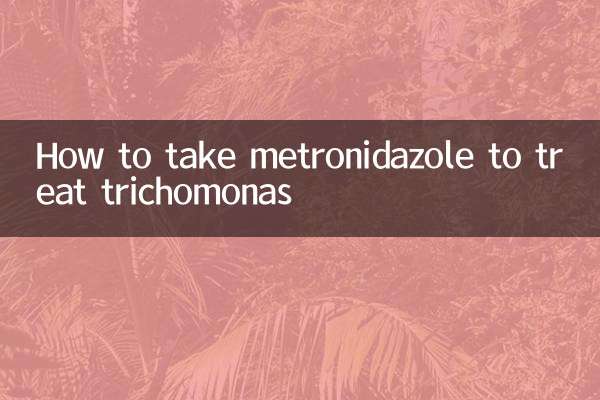How to distinguish the body of a tea cup
In recent years, teacup pets have become very popular due to their small and cute appearance, especially teacup dogs, teacup cats and other breeds. However, there are also many cases of confusion or false propaganda in the market. This article will combine the hot topics and hot content on the Internet in the past 10 days to provide you with a detailed analysis of how to identify real teacup pets, and provide structured data for reference.
1. What is a teacup body?

Teacup usually refers to pets that are much smaller than the average size of the same breed, especially dogs and cats. This type of pet is loved by urban people because of its mini size and easy portability. However, it should be noted that tea cup body is not an officially recognized variety classification, but a concept in commercial promotion.
2. Common varieties of tea cups
According to recent hot discussions on the Internet, the following are common teacup pet varieties and their characteristics:
| Variety | average weight | Common misunderstandings |
|---|---|---|
| teacup teddy | 1.5-2.5kg | Some businesses use puppies to pretend to be adult teacup bodies |
| Teacup Pomeranian | 1-2kg | Excessive hair trimming to disguise a small body shape |
| Teacup cats (such as mini fold ears) | 1.5-3kg | There may be a genetic defect |
3. How to distinguish between genuine and fake tea cups?
Recently, many pet experts on social media have shared identification methods. The following are the key points:
1.Age verification: A true teacup body should remain mini-sized as an adult, not a puppy/kitten. Ask to see a birth certificate or age identification document.
2.body proportions: The head, limbs and body of the teacup body are in harmony with each other, and there will be no obvious deformity. In recent cases exposed, some "teacup dogs" are actually stunted ordinary dogs.
3.health check: According to statistics from pet hospitals, 32% of the "teacup bodies" recently treated have problems such as hypoglycemia and fragile bones. It is recommended to ask for a recent physical examination report before purchasing.
| Check items | normal indicator | Risk warning |
|---|---|---|
| weight | Stable at the lower limit of variety standards | Excessive fluctuations may be ordinary larvae |
| bone density | ≥-1.0SD | Below -2.5SD there are health risks |
| blood sugar | 3.9-7.5mmol/L | If it is lower than 3.0, you need to be alert to hypoglycemia. |
4. Precautions when purchasing (summary of recent hot events)
1.price trap: A case exposed on a certain platform shows that the "Teacup Teddy" priced at 8,000 yuan is actually a dyed ordinary poodle. The price of regular tea cups is usually 15,000-30,000 yuan.
2.Transportation risk: There have been three live transport deaths in the past week involving so-called "teacup pets". It is recommended to choose face-to-face transactions in the same city.
3.legal dispute: According to the latest data from the Consumer Association, the number of complaints about teacup pets has increased by 45% year-on-year, mainly involving incorrect goods, health problems, etc.
5. Expert advice
The China Small Animal Protection Association emphasized in its recently released guidelines:
- Prioritize adoption over purchase
- Refuse to support artificially bred extreme mini body types
- If you must purchase, choose a kennel and cattery with CKU/FIFE certification
Summary: To identify a teacup body, you need to comprehensively consider many factors such as age, body shape, and health certificate. Many recent cases exposed on the Internet remind us that while pursuing cute appearance, we should also pay more attention to the health and well-being of pets.

check the details

check the details